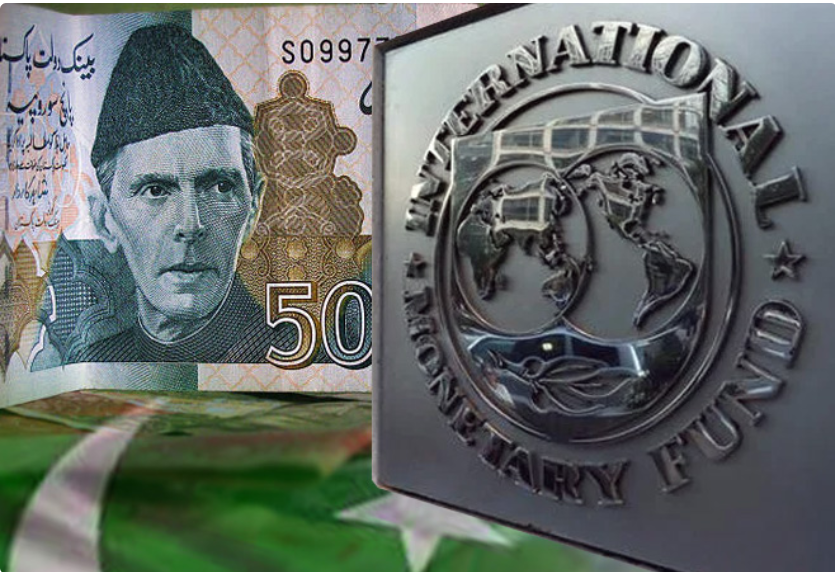Virendra Pandit
New Delhi: The International Monetary Fund (IMF) has revised Pakistan’s foreign loan requirements downwards from USD 28.4 billion in July to USD 25 billion now for this year, but it is unlikely to give any respite to the near-bankrupt country.
This revision came after the global lender’s delegation wrapped up two-week-long talks with Pakistani officials on November 15 and announced that a staff-level agreement has been reached to enable it to release USD 700 million in the second tranche of an already agreed USD 3 billion loan.
The Washington-based IMF also lowered the economic growth projection from 2.5 percent in July to just 2 percent now, rejecting the government’s external as well as macroeconomic forecasts, the media, quoting The Express Tribune newspaper, reported on Saturday.
In four months, the government has already borrowed USD 6 billion while it expects rollovers of USD 12.5 billion. The remaining needs are about USD 6.5 billion in addition to the efforts for timely securing the USD 12.5 billion debt rollovers.
Pakistan’s Finance Secretary Imdadullah Bosal on Thursday exuded the interim government’s confidence to secure the needed financing to remain afloat.
However, there will not be much respite for the government as the estimated available financing has also been cut by USD 3.7 billion because of the problems in acquiring loans through floating Eurobonds and from foreign commercial banks.
The IMF did not agree to Pakistan’s projection of USD 4 billion to USD 4.5 billion current account deficit (CAD) during this fiscal year against the earlier projected figure of USD 6.5 billion. It has now projected a deficit of USD 5.7 billion, a reduction of about USD 770 million in comparison with its old estimates.
The lender’s fresh forecast is now in line with the World Bank and Asian Development Bank’s projections. The IMF did not accept Pakistan’s forecast of 3 percent to 3.5 percent economic growth in this fiscal year.
The IMF also did not accept the finance ministry’s projection of imports worth USD 54.5 billion during this fiscal year and estimated it at USD 58.4 billion. But its revised figure is USD 6.3 billion less than what it estimated in July this year.
Some of the gains that Pakistan will make because of the low imports are expected to be lost because of a reduction in the projected remittances. As against the old forecast of USD 32.9 billion, the IMF has now projected the foreign remittances at USD 29.4 billion — a reduction of USD 3.5 billion.
The exports have been marginally adjusted downwards to USD 30.6 billion. The estimates of foreign direct investment (FDI) also increased from USD 173 million to USD 700 million.
The IMF has cut the inflation rate forecast from 25.9 percent to 22.8 percent — a move that should provide space for lowering the interest rates at least in January’s monetary policy announcement.
The IMF did not accept the finance ministry’s projections for the CAD), imports, economic growth, inflation, and gross financing requirements.
The revisions to the gross external financing requirements — a sum of money needed to fill the CAD as well as the repayment of maturing debt — and to the macroeconomic projections were made during this week’s first review of the USD 3 billion bailout package.
It also brought the purview activities of the Special Investment Facilitation Council, a joint civil-military forum set up this year to expedite investment and development.
The IMF successfully pushed Pakistan to announce a date for the general elections in February 2024, and ignored a few critical areas, which in the past had become a cause for the failure of the previous USD 6.5 billion bailout package, the report said.

